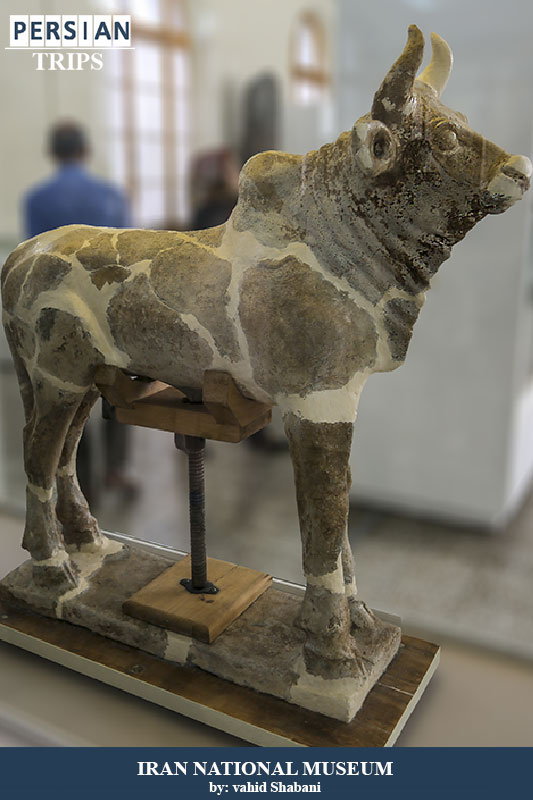Iran national museum

Iran national museum which is located in Tehran is considered as one of the tourism attraction of the capital city.
In Iran national museum, as the biggest, oldest and most important museum in Iran, most of the archeological findings from scientific excavations from the Paleolithic to the Islamic period have been displayed in the form of two museums: "Ancient Iran" and "Archeology and Islamic Art of Iran". The National Museum of Iran was opened in 1982 in the first building of the country's museums.
Iran national museum architect
Iran national museum architect, Andre Godard, a French architecture and Abbas Ali Memar and Professor Morad, designed this museum with the inspiration of Kasra Arch. "Museum of Ancient Iran" includes two museums of "Prehistory of Iran" with works from the Paleolithic period to the end of the fourth millennium BC (i.e. from the earliest period to before the invention of writing) and The "Museum of Historical Period" exhibits works from the late fourth millennium BC (i.e. the beginning of the use of writing) to the end of the Sassanid period. The Museum of Archeology and Islamic Art of Iran was built on the basis of a plan inspired by the Sassanid palace of Bishabour, in the form of an octagonal cross, with an area of about 4,000 square meters and three floors. This building was equipped to establish the Museum of Archeology and Islamic Art of Iran and was inaugurated in 1996. On July 1st. 2006, with the aim of improving and completing the facilities, expanding some spaces and reviewing how the works are displayed, this museum was closed for reconstruction and reopened again in 2015 with changes in interior spaces and layout. The ground floor of this building is dedicated to the meeting hall and the temporary exhibition hall. The Museum of Archeology and Islamic Art of Iran’s works in the first and second floors are arranged according to historical schedule. The current museum consists of 6 halls on two floors: the second floor includes the halls of early Islam, Seljuk and Ilkhanid, and the first floor includes the halls of the Quran, Timurids, Safavids, Afshar, Zand and Qajar dynasties.